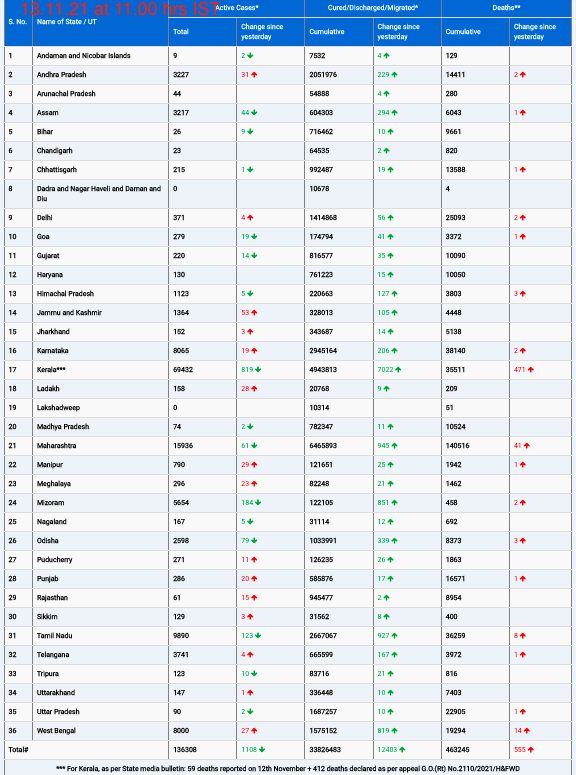A groundbreaking study published in Environment International sheds light on the complex relationship between heatwaves and mortality in India. While extreme heatwaves garner the most immediate attention, it is the milder ones that pose the greatest long-term threat to public health, according to the research findings.
Led by a consortium of international researchers from Sweden, the US, Italy, the UK, Israel, and India, the study aimed to understand the health risks associated with heatwaves amid projections of increasing temperatures due to climate change.
“We wanted to find out how much the risk of death increases during heatwaves,” explained Jeroen de Bont, a researcher at the Institute of Environmental Medicine at Karolinska Institutet and the study’s first author.
Analyzing excess mortality data from ten cities across India with varying climate zones between 2008 and 2019, the researchers explored the impact of different definitions of heatwaves on mortality rates.
There is no international consensus on what constitutes a heat wave. Different definitions are used in different countries based on different conditions. In Sweden, for example, SMHI classifies a heatwave as “a continuous period when the maximum daily temperature exceeds 25°C for at least five consecutive days”, while a heatwave in India means that the temperature exceeds 40°C in low-lying terrain, or 30°C in mountainous regions.
Using various temperature thresholds to define heatwaves, ranging from the 95th to the 99th percentile of temperatures, the researchers made a surprising discovery. While the most intense and prolonged heatwaves led to the highest spikes in mortality—increasing by over 33%—it was the mildest heatwaves that proved deadliest.
The study found that the number of deaths was inversely proportional to the intensity and duration of the heatwaves. Mild heatwaves, although less extreme, were significantly more common, ultimately resulting in a higher overall mortality toll.
“This is because the milder heatwaves were so much more common than the hotter ones. In the end, the most extreme heatwaves turned out to cause the lowest number of deaths because they were so infrequent,” explained Jeroen de Bont.
The implications of these findings are far-reaching. The researchers argue that policymakers and stakeholders must consider both the relatively mild, short, and common heatwaves, as well as the extreme, long, and uncommon ones when planning public health interventions.
The study underscores the importance of reevaluating temperature thresholds for heat warnings to ensure the protection of vulnerable populations during heatwaves.
Funded by the Swedish Research Council for Sustainable Development, Formas, the study represents a crucial step towards understanding and mitigating the health impacts of heatwaves in India and beyond.











